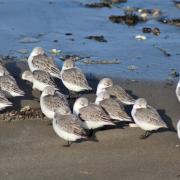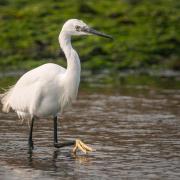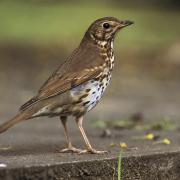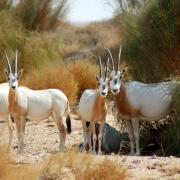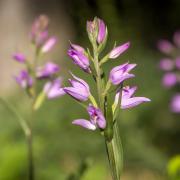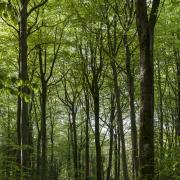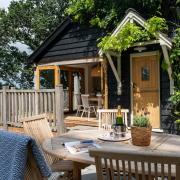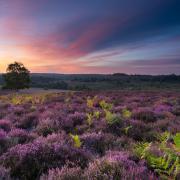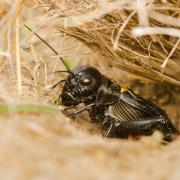With gardens covering 270,000 hectares of the UK, it is vital that we make the most of our outdoor spaces to attract wildlife says Jenny Simpson from Hampshire and Isle of Wight’s Wildlife Trust
Over the past 50 years we’ve seen declines in two thirds of the UK’s plant and animal species for reasons including loss of habitat. Many of our common garden species including hedgehogs, house sparrows, starlings and common frogs are increasingly endangered. However, gardens have enormous potential to act as mini-nature reserves. There are 15 million gardens in the UK which are estimated to cover 270,000 hectares - more than the area of all the National Nature Reserves put together.
The Wildlife Trusts and the RHS set up Wild About Gardens in 2009 and Wild About Gardens Week in 2013 - an annual celebration of wildlife gardening which provides a focus to encourage people to use their gardens to take action to help support wildlife.
This year in partnership with the Bat Conservation Trust, Wild About Gardens Week runs from October 24 to 30 2016 with a focus on the steps we can take to support bats and other wildlife in our own gardens. There is a new competition, Plant A Bat Feast, to identify the best insect-friendly plant displays in the country which will run until November 6. It’s easy to enter: simply choose a range of insect-friendly plants, watch them grow and send us a photo.
Insect-friendly gardens are vital for wildlife populations. Without insects and other invertebrates, there would be no birds and mammals and many flowers would fail to pollinate, set seed or produce fruit.
Damselflies and dragonflies are still evident at this time of year, seen near ponds and water features. Damselflies have a lazier, zig-zagging pattern of flight, whereas dragonflies take a faster and more direct flight path.
Pond skaters and water boatmen are still skating on the pond surface in search of food. Hoverflies, wasps and ladybirds are also evident and are good ‘pest-catchers’. Wasps are also useful pollinators of flowers.
Gardens with nooks and crannies and a few areas where debris are allowed to accumulate are often more insect-friendly than gardens composed of paving, pots and lawn and bedding. One way to create insect-friendly areas is to put out log and twig piles made from old pruning’s and felled tree branches. Piles of slabs or rockery stones or old bales of straw or hay also act as suitable wildlife habitats. Not only are these simple ideas great for insects but they provide valuable shelter for small mammals too. They can be made into attractive features by planting up with ferns, primroses or other suitable plants.
Planting a night-scented garden is another big draw for insects, especially moths – a particular favourite of bats. Many of these plants give off a sweet perfume, striking silhouettes and a luminous glow including Buddleia, Silver Ghost, Evening Primrose, Honeysuckle and Jasmine.
All bats native to the UK eat insects, therefore by encouraging more insects to your garden by your planting choices and insect habitats, you can help encourage bats to your garden and help sustain our UK bat populations.
Further advice and inspiration to attract and support bats in your garden can be found on the Wild About Gardens website: www.wildaboutgardensweek.org.uk
More…
• The restoration of two ancient commons in Hampshire - Take a walk through the Wildlife Trust’s Hook Common and Bartley Heath nature reserve to see first-hand how the Trust is restoring these two ancient commons to their former glory says Ian Stoneman






